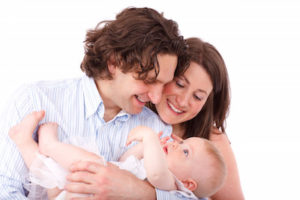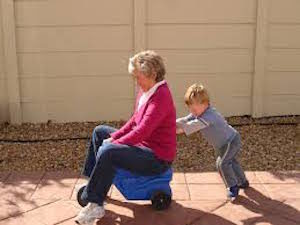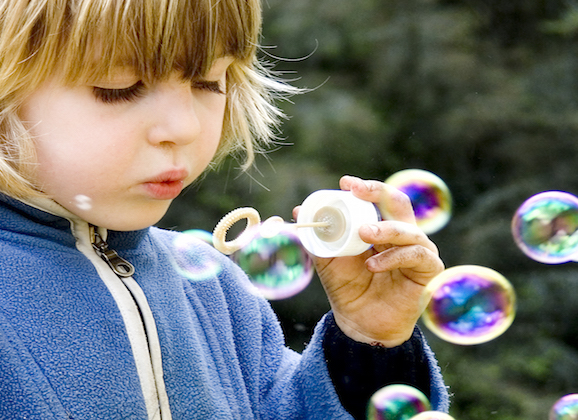 When a couple has a healthy marriage, it is a dual partnership in parenting a child from both perspectives. Mothers tend to communicate by using a form of “baby talk” even as their child grows older, according to the University of Missouri’s article titled “How Moms and Dads Parent.”
When a couple has a healthy marriage, it is a dual partnership in parenting a child from both perspectives. Mothers tend to communicate by using a form of “baby talk” even as their child grows older, according to the University of Missouri’s article titled “How Moms and Dads Parent.”
Mothers are considered to be more talkative by asking their child questions, offering explanations when conversing with their child. Fathers tend to move away from “baby talk” and use longer sentences and more complex words as the child grows up. Both parenting approaches enhance the child’s cognitive, social, and language skills.
Fathers still engage in “rough and tumble play” and use their bodies as jungle gyms while they interact with their baby or child, according to parentsasteachers.org. Mothers, on the other hand, will use toys or props, and will converse with the child as they play.
Mothers may worry that a father’s “rough and tumble” play can physically hurt their baby, or in severe cases cause shaken baby syndrome. Fathers need to be very cautious and careful not to shake a baby hard in a rigorous manor, as this can cause brain damage.
When a baby or child is crying, mothers appear to respond quicker when consoling a child than fathers. Mothers tend to show more predictable patterns when caring for a baby whereas fathers may one moment be humorous or playful, and the next moment be stern when parenting. A father’s form of humorous interaction and play may help the child to calm down quicker when upset.
“The ability to form close, trusting bonds with parents early in life predicts the quality of a child’s future friendships, social skills and romantic relationships,” Sue Shellenbarger, The Wall Street Journal, writes.
Both a mother and father’s way of interacting with their child is unique and beneficial, and both parenting styles can be advantageous. This can create a well adjusted, healthy, happy and intelligent child.

















